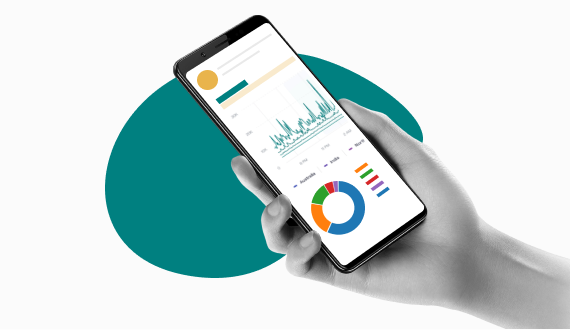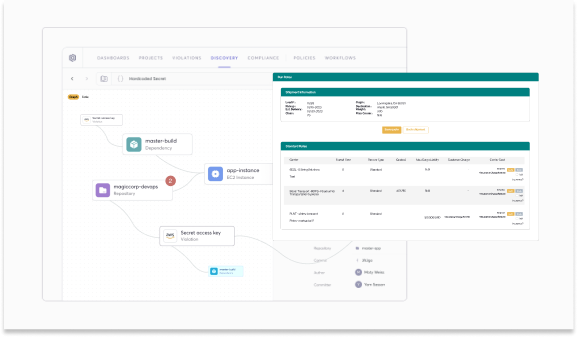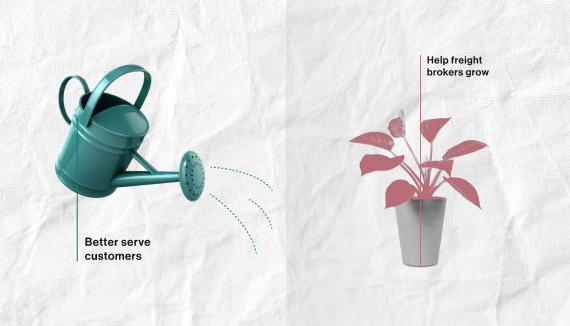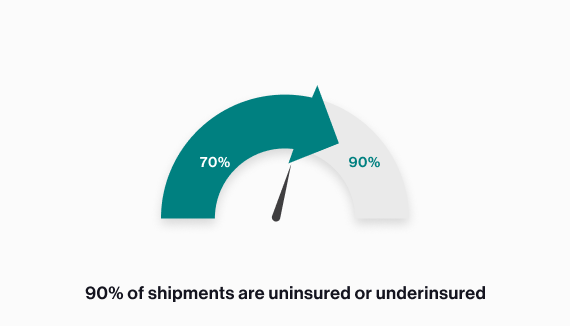
Did you know that, on average, acquiring a new customer is six to seven times more expensive than keeping existing ones? With this big of a multiple, the best leaders are constantly looking for ways to deliver joy that keeps their customers coming back year after year.
New technologies are debuting each day and the TMS landscape is seeing this first hand. With new TMS platforms popping up left and right, retaining current customers will continue to be a key focus for technology executives throughout 2023.
To help our TMS community, we’ve compiled the top five tips that TMS executives should consider when they’re strategizing on how to boost their customer retention rates.
Tip #1
Focus on great customer service for high retention

Exceptional customer service has always been, and will continue to be, the backbone to any successful company. Lasting relationships aren’t built overnight and more often than not, it takes months, if not years, to build a brand reputation.
And while it can take a tremendous amount of time to build a strong reputation with your customers, all of that goodwill can be destroyed in a matter of moments if your user has a poor customer service experience during a critical moment.

It’s no secret that those critical moments occur quite often in the world of transportation. All too often, an urgent problem pops up for your customer, which in turn results in your team having to jump in and help save the day.
In these make-it or break-it moments, having a flawless customer service experience can make all the difference. By delivering phenomenal service when the pressure is on, it’s far more likely that your customers will continue to come back year after year.
Across the logistics industry, and with technology in general, there’s also an expectation around having a sense of urgency. To meet these time-sensitive expectations, there’s a variety of approaches that TMS companies can deploy to improve their customer service.
To deliver faster customer service, you could consider employing a chat feature on your website. With Artificial Intelligence (AI) powering your website chat bot, your customers could get immediate answers to their most common questions or quickly be escalated to a customer service rep for more difficult questions.
Some companies have also built out a FAQ section on their website to give customers another route to quickly find answers. You could take it a step further by building a knowledge base of training videos and help articles that provide your customers with in-depth answers, available at a click of the mouse. Many are then leveraging those training videos to help customers develop a deeper understanding of how to use the TMS, alleviating the symptom of increasing customer service help tickets.
While technology is certainly helping companies provide better service to their customers, there will always be the need to focus on the traditional communication channels like phone calls and emails. Don’t forget about the basic best practices like setting up reporting to monitor your inbound call wait times and ticket response times.
Even though some of these tactics can require up front work, remember it only takes one negative experience for people to consider switching providers, even when it comes to complex software like a TMS.
Tip #2
Use market communications to keep your customers and prospects up to date on industry trends and insights

Virtually all of the leading TMS companies have mastered the art of marketing their own product, showcasing their rich features and explaining the benefits of using their TMS. But while everyone is looking inward and talking about their own TMS, few are zooming out to talk about what’s happening across the industry – and why that matters for their customers.
Customers buy because they have a problem they’re looking to solve. This rings true across the TMS space. With transportation always changing and evolving, your customers are constantly looking for intel they can use to stay ahead of their competition. Because of how quickly the transportation market can swing, the logistics community has become hooked on getting the latest analysis and insights. That’s why sharing industry insights, in addition to your TMS-specific product information, can be a great way to engage your audiences.
If you haven’t already, try sharing industry news, accompanied by your unique perspectives on these changes, so your brand can continue to develop its thought leadership reputation.

Additionally, with the vast amounts of data that TMS companies capture, you could consider taking it a step further by using your data to deliver proprietary trends and insights. Now that could be a powerful differentiator for your TMS when it comes to amping up your marketing communications.
Tip #3
Be a one-stop-shop for as many of your customer’s needs as possible

The most successful TMS companies have developed, and positioned, their product to be the one-stop-shop that brokers, carriers, 3PLs, and shippers have always dreamed of.
While quoting, booking, and tracking a shipment have long been table stakes, many TMS buyers are now spending a considerable amount of time comparing additional functionalities prior to making their purchasing decision.
Why? Because everyone is looking for workflow efficiencies so they can save time and effort. And these efficiencies are found when all of the user’s information and workflows are consolidated into one system.
Finding ways to simplify your users’ workflows by removing a couple of keystrokes or mouse clicks could save your customers a ton of time over the course of the year. So how else can you continue to develop your product so it maintains its one-stop-shop status?

One of the newest ways that TMS companies are continuing to be a true one-stop-shop is by offering per-load cargo insurance directly within their TMS platform.
For users that are already going out-of-platform to secure insurance on a shipment, this could be a gigantic time savings. Having an integrated insurance offering directly within your TMS alleviates the need for users to have to go to an independent insurance website, key in the shipment details manually (once again), download the insurance certificate, and then save it locally. With one simple checkbox directly embedded in the quoting and booking screens, your users can easily add on insurance within seconds.
But there’s likely also a large percentage of your TMS users that are simply underinsured, or more alarming, not insured at all because of the hassle they have to go through to get shipment-level insurance. By giving your users an easy way to quickly add insurance directly in-platform, you’ll be giving your customers the ability to eliminate risks that they’ve historically felt were too difficult, or time consuming, to solve.
Tip #4
Leverage your current happy customers to win new ones

The transportation community is a tight-knit group and many still rely on recommendations from peers and industry circles before making a buying decision. So how do you use your customers’ social influence to help you grow your business?
One of the best ways to do so is by developing customer case studies.

These credibility builders are one of the best ways to showcase your customer successes and educate your prospects about the value of your TMS. Simply put, case studies are one of the most compelling ways to build social proof for your TMS.
Asking for referrals is another tried and true tactic to leverage your current customers so you can win more new business. There are a variety of ways to entice your customers to give you referrals – some give TMS discounts, others donate to charities on behalf of their customers, and some send out swag items. But at the end of the day, the transportation community still places a ton of value on their peers’ recommendations, which is why a referral program it’s one of the best tactics to fuel your sales pipeline.
Tip #5
Find ways to help your customers grow

It’s a recommendation that’s nearly as old as time but that doesn’t mean it’s any less important. Helping your customers will always pay off in the long run so finding new ways to help them grow can help keep them around.
One way that TMS companies are helping their customers as they grow is by offering on-demand or live TMS training opportunities designed specifically for their customers’ new hires. Everyone knows that new hire training is vital but exceptionally time consuming to develop. Creating content specifically to help your customers onboard their new employees is yet another touchpoint that can help you retain your customers.
TMS companies can also help their freight broker customers grow by making insurance more accessible to them. Freight brokers typically resell cargo insurance to their end-customers but obtaining shipment-level insurance has historically been a very time-consuming manual process. Which means they may not make time to add insurance to a shipment if it isn’t a customer requirement, resulting in them leaving money on the table. With a seamless way to quickly add insurance onto any shipment directly within the TMS, your freight broker customers now have the ability to better serve their customers while increasing their revenue potential.

LogistIQ Solutions for TMS Companies

By offering an excess cargo insurance solution directly in your TMS, you can give your clients a one-stop-shop while also creating an opportunity for additional revenue, if you choose to do so.
Contact us today or download our Free TMS Guide to learn more about how LogistIQ’s Freight Insurance Fast for TMS companies has everything your organization needs to provide spot insurance directly within your platform.

 1-888-910-4747
1-888-910-4747